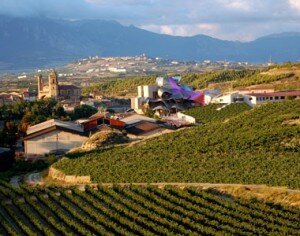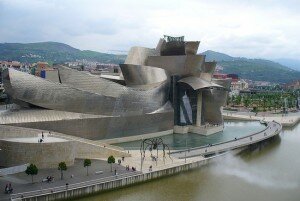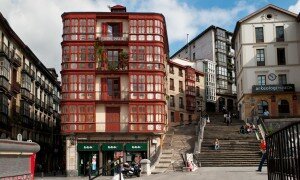Seniors Enjoy Bilbao
Bilbao, in northwest Spain, is the sixth-largest city of Spain, pop. 353,000, and the capital of the province of Biscay. It is the heart of a metropolis where more than a million people live spread along the length of the Nervión, a nearby tidal river.
Bilbao is a port city situated close to the coastline and several nearby beaches. It is the largest city in what is called Basque Country (Pais Vasco). After years of financial uncertainty, Bilbao has once again become a dynamic city, full of amenities, focused on environmental and urban regeneration, and a city that draws throngs of tourists each year, including senior tourists.
Bilboa is the center of the economic-social development and the main factor of the modernization of the Bay of Biscay. The great architectural and infrastructure projects have been the driving force of the urban and economic regeneration of the city.
Guggenheim Museum Draws Senior Visitors
The Guggenheim Museum in Bilbao with its uniqueness has become a cultural and tourism driving force of this Basque city. This spectacular building (Frank O. Gehry, 1997) is covered in titanium panels and has its own important collection.
Instantly hailed as the most important structure of its time, the Guggenheim Museum Bilbao has celebrated more than a decade of extraordinary success. With over a hundred exhibitions and more than ten million visitors to its credit, senior travelers won’t want to miss this unique treasure.
The cultural activities in Bilbao are evident, with two of the best art galleries in Spain, six theme museums, contemporary art exhibitions and an ongoing program with shows: opera, symphony orchestras, theater, dance, cinema and light, pop and rock music.
Bilbao is a cultural hub and a gourmet delight. It is known as the “Capital of Cod.” It is also in Bilboa where senior visitors will enjoy the famous pintxos (typical appetizers). The local custom is to call what are known in Spanish as tapas by the Basque name, Pintxos, probably much more elaborated than their Spanish cousins due to the Basque love of gastronomy. Basque cuisine is among the best in Spain, and Bilbao boasts some of the region’s leading restaurants, so welcome senior gourmands.
Best Restaurants in Old Town
Bilbao Fine Arts Museum (Museo de Bellas Artes) rates #1 with tourists. It is a small museum now gaining international fame for its surprisingly rich collection of Spanish and Basque paintings and sculpture.
My wife and I would first head out to the old historic section of Bilboa and from what I read, we would not be disappointed. The medieval barrio of Bilbao is a zone of ancient buildings, narrow streets and squares in the center of the city and where you will find the best restaurants.
Bilbao is the new modern face of Basque Country. The city has been able to successfully mix traditional Basque culture with a new vision for the future. It is an absolute must for design and culture lovers. jeb
































